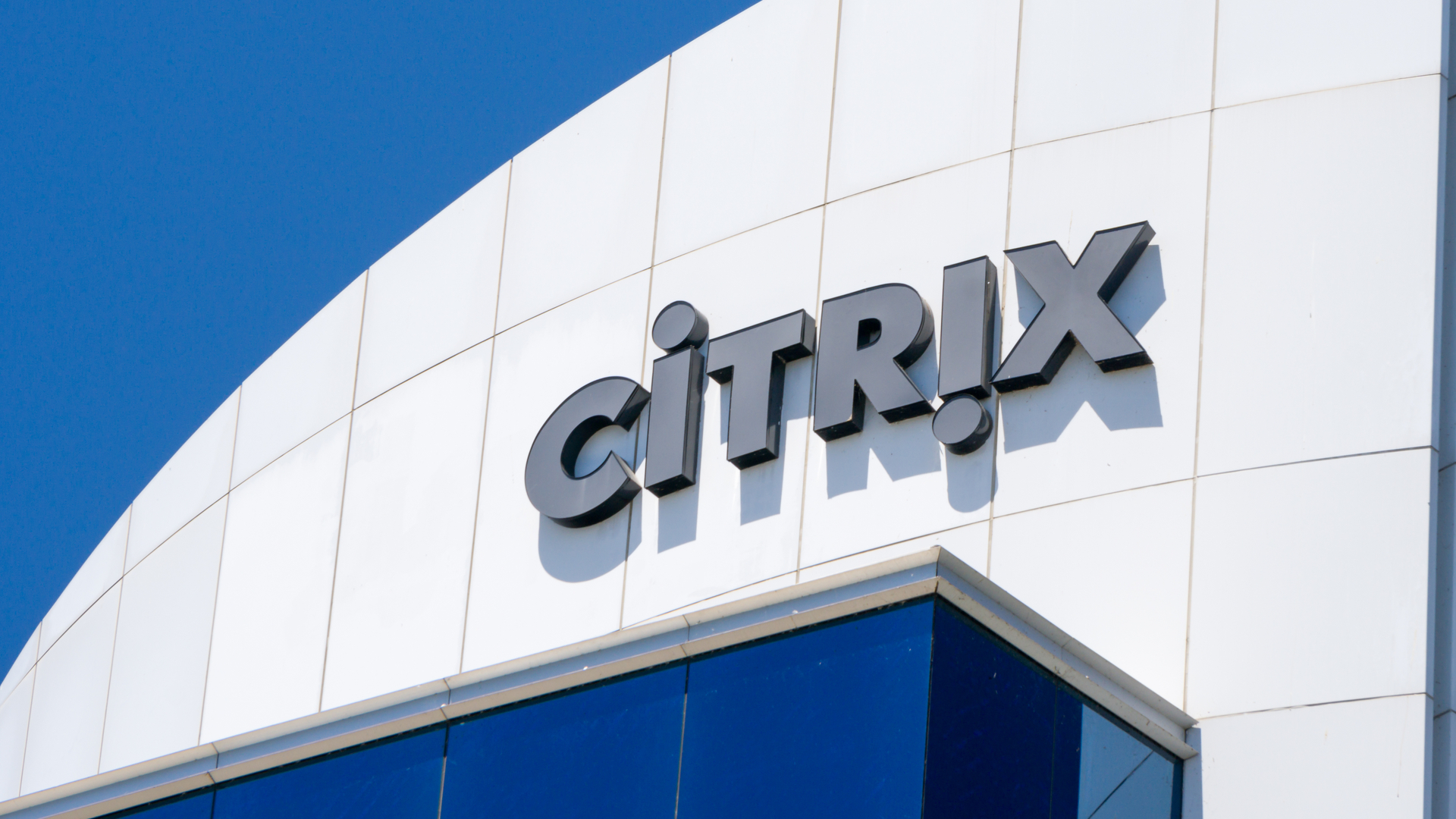Q&A: Christian Reilly, Citrix CTO
Find out Citrix's three priorities after Synergy 2015


Christian Reilly is Citrix's CTO and VP of Workspace Services. Cloud Pro caught up with him at Citrix Synergy to find out more about some of the company's latest announcements and what's next for Citrix.
Hi Christian. One of the update announcements from CEO Mark Templeton's keynote was StoreFront 3, which brings a simple graphical UI to XenApp, XenDesktop and XenMobile for management and user self-service. Is this another example of the consumerisation of IT trend?
Absolutely. It's this kind of dream that we have ve had and followed about creating the rich mobile workspace, as Mark mentioned in the keynote, where desktops, applications, web apps, data, all come together in this simple, easy to use and easy to follow interface that is very consumer-like.
There are two element to that. One is the Citrix Workspace Cloud element, which is the ability to create those workspaces and manage them without the need for complex on-premise management planes.
The second is to give a delightful experience from the user perspective, so get the same consistent look and feel from everything they need to perform their job, whether they are sitting in the office, at home, on a plane or on a train. We've done a lot of work on Storefront on making sure that's a great experience for users.
Workspace Cloud was another big announcement at this year's Synergy and there was a lot of focus on hybrid cloud. Is this product always going to be something that will be mixed use, or will people go more and more towards full public cloud over time?
Over the years there has been a little bit too much black and white and not enough grey area when it comes to private vs public cloud. Depending on what the workload is trying to serve and what set of subscribers, it may well be a combination of all the types of cloud and it is this real grey area we are addressing with Workspace Cloud.
Sign up today and you will receive a free copy of our Future Focus 2025 report - the leading guidance on AI, cybersecurity and other IT challenges as per 700+ senior executives
I think the strength of Citrix Workspace Cloud is it deals with extracting some of the complexities around the design and deployment. It does not care where it deploys the resources, whether that be on premise or public cloud, and that is the real power of it.
If you want to run your apps and desktops in Azure, fine, if you want to run them in AWS, fine, if you want to run them in your mobile environment on premise, fine. The beauty is that if you didn't have Citrix Workspace Cloud at the heart of that, you would need to have three different management systems and deal with them individually.
Having Workspace Cloud be able to power the creation of those workspaces and the management of the infrastructure is a really strong message that we want to continue this notion of any-ness that we have talked about here -- any workload to any device, any time and securely.
What trends and products are going to drive Citrix in the future?
There are three important things to stress here.
The first is Octoblu and the integration of everything. Some of the examples from the day two keynote at Synergy 2015 - combining new and innovative hardware approaches like you saw with Citrix Workspace Hub, being able to use really low-cost, affordable hardware to change the way people experience what they are doing, with the combination of the hardware and the Octoblu workflows.
Also being able to secure a secure, dynamically changing workplace to maybe somebody in the medical profession who moves between an operating theatre and a consultancy room, for example, or a general knowledge worker moving from a desk to a conference room and then being hardware detected and software-enabled I think is a really big thing that we're looking at. But, of course, Octoblu sits in the middle of all that from a flow perspective.
I think from a mobile side there are only about seven applications per enterprise that are mobile enabled today, but I think that's going to grow significantly, so we have some good partnerships, specifically with AnyPresence and Kony, looking at how we can help to enable the next generation of the mobile development environment within enterprises.
Also, how can we bring a richer environment for the delivery of mobile apps in terms of being able to bring the whole story about how you get from an enterprise app all the way through to a secure mobile app, so I think there's a lot of stuff happening in that space with some of our partners and ourselves.
The third one is in container technology in general. Docker, as a container technology, is getting a significant amount of attention, both from the open source community and some of the big boys like Google, Microsoft, and Citrix.
We announced with our XenServer 6.5 SP1 release that we have support now for managing Docker, but we're also looking at some areas where we might want to extend the notion of microservices and deal with small applications that typically are part of mobile ecosystems. So we will be looking at how we can enable secure next generation of app delivery, which will of course include a lot more work on containerisation.

Jane McCallion is Managing Editor of ITPro and ChannelPro, specializing in data centers, enterprise IT infrastructure, and cybersecurity. Before becoming Managing Editor, she held the role of Deputy Editor and, prior to that, Features Editor, managing a pool of freelance and internal writers, while continuing to specialize in enterprise IT infrastructure, and business strategy.
Prior to joining ITPro, Jane was a freelance business journalist writing as both Jane McCallion and Jane Bordenave for titles such as European CEO, World Finance, and Business Excellence Magazine.
-
 AI is transforming Agile development
AI is transforming Agile developmentNews The influx of AI tools is helping reshape Agile development at a critical juncture for the methodology
-
 Dell laptops: Are they worth the investment for business?
Dell laptops: Are they worth the investment for business?With optimized hardware for the best performance and battery life, Dell laptops quell common rumors about AI PCs